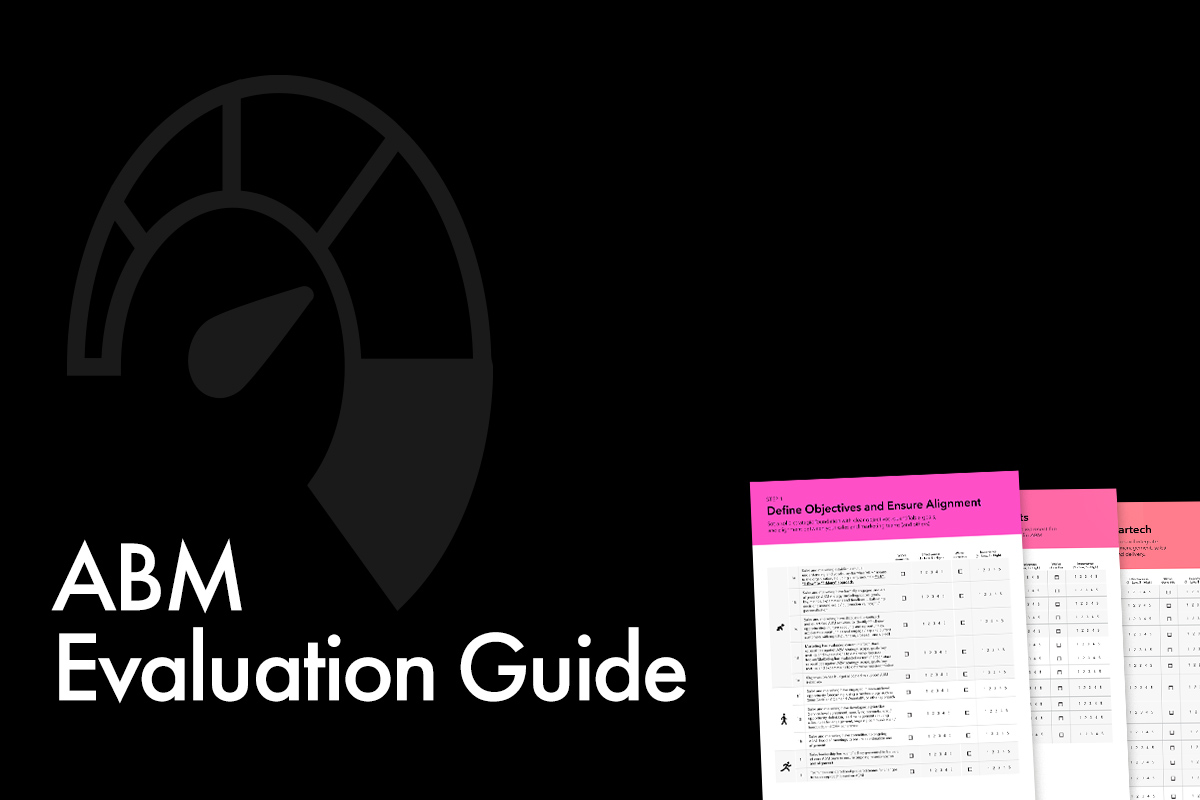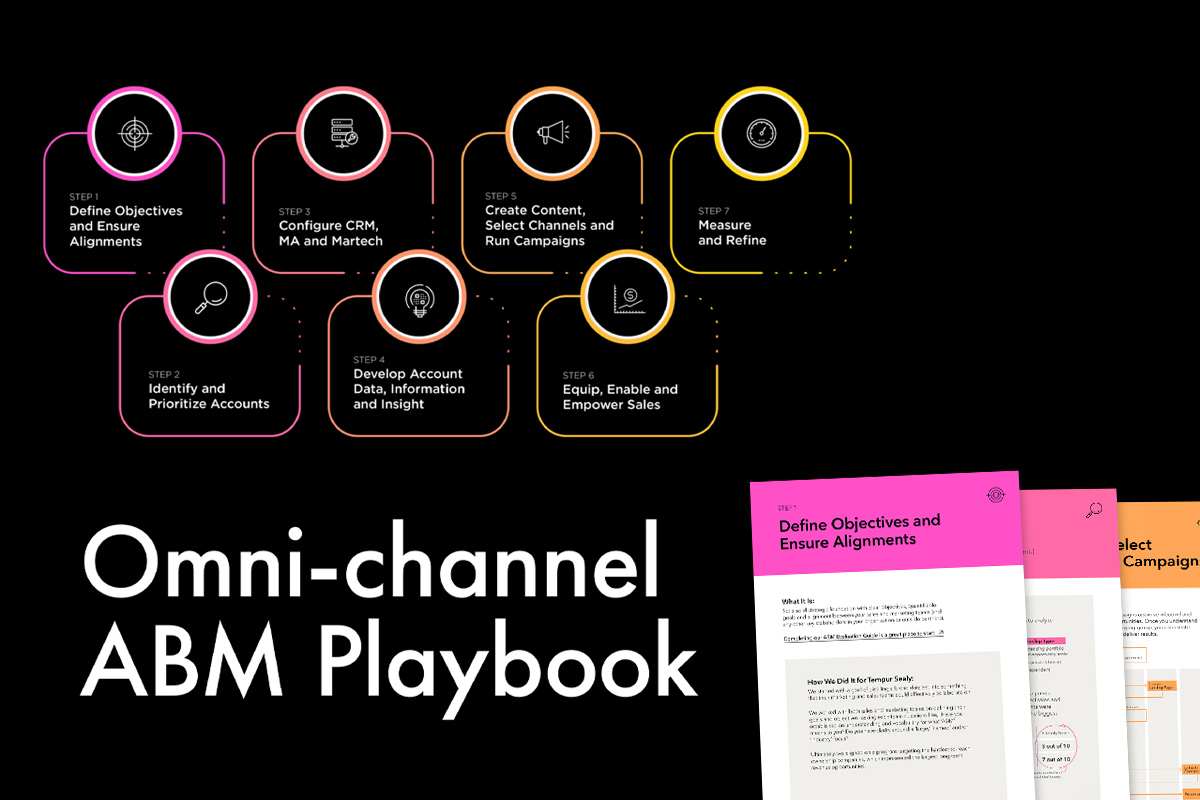5 Ways to Become Essential to Millennials

Share this story
Millennials are no longer a workplace novelty. Your strategies can’t be either.
Let’s get it out of the way. You need millennials. The generation born between 1980 and 1998 now makes up a larger chunk of the workforce than any other generation: There are more of them working than Gen Xers or boomers.
Even though many of these workers are now well into their 30s, we’re still treating them like a workplace novelty: Thousands of articles have been written about how to engage this generation, a cohort that happens to be, in many cases, drifting away from association membership.
There’s been so much frenzy about this audience, but much of it is surface level. Pundits throw around a lot of so-called solutions, which generally fall into a few categories: Make membership free, make content more engaging, and make everything digital.
The reality is, it’s not enough to make things cheaper, or digital or add a bunch of shiny graphics to the materials you produce. To understand how to speak to young professionals, you first have to separate fact from fiction and distill trends from material, meaningful shifts in how people communicate and seek out information.
The good news is that many of the strategies forward-thinking associations are adopting — being pointedly mission-based, de-emphasizing traditional membership — are inherently appealing to the younger generation. The key is not just to cultivate a value proposition that’s grounded in those ideas, but also to communicate it in a way that resonates with a tech-savvy, always-on, mission-driven population.
In true millennial style — the listicle — here are five steps to make your organization focused on millennials and future generations, without falling prey to passing trends.
1. Be digital-first — but not digital-only
When it comes to millennials, the channel you share content on is especially important. You have to be where they are: Millennials expect information to be convenient — and, unfortunately for you, the meaning of convenient varies from person to person.
One thing is consistent, however, for those accustomed to using a phone or tablet for just about everything: Convenient almost always means digital. If you’re tempted by the idea of going all digital, though, my view is that it’s usually a mistake. Some associations feel pressured to go 100 percent digital to stay current and try to simply drop their existing information into this space. The result? Uninspiring flipbooks that merely reprint magazine content, a barrage of self-serving Facebook messages, a multitude of uninspiring blog posts or email newsletters full of clichéd stock images.
When it comes to messaging, associations that throw themselves headlong into a digital-only approach can end up alienating both younger members who crave authenticity and older ones who are accustomed to print. Without a doubt, there’s still power in paper — maybe more than ever. Imagination’s research shows that a print magazine is routinely among the top three benefits that association members most value.
The precise content distribution mix varies from association to association, depending on who your audience is and what they need. No matter what, you need to cover a healthy mix of media with your specific niche or industry in mind. Experiment with upping your frequency and sharing information via social media (for example, Facebook Live broadcasts), print (magazines, newsletters, books), video (YouTube tutorials, videos embedded in your email newsletter) and audio (podcasts).
2. Don’t forget to be human
A bone-dry content style will not endear you to millennials, who are leery of corporate-speak in all its forms and have come of age with the much more casual speak of social media as their tone-setter. Loosen up the tone of your communications, but don’t go overboard and risk alienating members by suddenly ricocheting from a style reminiscent of a corporate news release to emoji-laden, acronym-riddled content (srsly!). Not to mention, millennials can see right through your inauthentic attempts at mimicking their style. [eye roll emoji]
Part of being human, too, goes back to not just the words you use, but also your behavior, especially in social spaces. Young professionals have been communicating in social media virtually their entire lives. They expect conversations, not one-way communication streams where content is being pushed at them by a faceless entity. You have to be there. You need to respond and be a part of the conversation. When you talk, be prepared to listen — and talk back. Have a staff member monitor social media and other platforms where you offer content, and respond to anyone who comments.
Using Google Analytics or similar tools to analyze where your website traffic is coming from will help your staff focus on the platforms your members use most, and free social media monitoring tools will allow them to stay on top of social media mentions so they can quickly respond.
Young professionals have been communicating in social media virtually their entire lives. They expect conversations, not one-way communication streams where content is being pushed at them by a faceless entity.
3. Put the mission first
One of my favorite stories about the evolving role of mission comes from the American Astronomical Society. Executive director Kevin Marvel recalls that in 2016, a group of young members sent a letter asking AAS to take a position on the Black Lives Matter movement. They believed, Marvel says, that speaking out was the AAS’s rightful role, that it was incumbent upon a professional society to clearly state that it supports all minorities in science.
This may seem way outside of an association’s realm. But younger members are attracted to the idea that the association has a larger mission. Take advantage of that. Think about ways your organization can support your younger members as people living in the broader world — not just with tactical professional tools. When you put the mission first, you’re in the best position to compete with the online groups and other organizations vying for people’s attention.
The emphasis on mission helps AAS compete. When an astronomers’ Facebook group came along, designed to attract professional astronomers with vetted membership, it at first looked like competition. Instead, “it ended up being another channel for us,” Marvel says. That’s because a Facebook group is never going to be able to position itself as a leader advancing a mission — setting the bar for professional ethics and advancing the profession.
This is where you can shine among your younger members. They want to have a sense of purpose — and you are in a position to give that to them, much more so than many other sources of information. So be loud and proud about your mission. Put it first. Incorporate it in your content, your events, your communications.
4. Embrace the on-demand model
On-demand isn’t just about millennials. But because younger people have grown up this way, it comes up most often when talking about those under 40. All people — but especially young people — are accustomed to getting things when they want them, how they want them. This is a generation that has grown up watching TV shows on-demand — the shows essentially plan around them. Same for shopping, which is at their fingertips 24 hours a day. Spotify brings perfectly curated music instantly, everywhere. Instacart. Uber.
The list goes on. When it comes to consumption, gratification is immediate. For associations, that means rethinking how you structure membership. The days of one-size-fits-all are probably behind you. The AAS’s Marvel, for example, says he knows that paying for ongoing membership is going to be a hard sell for many young people just coming out of school. That’s why those people can access professional development without becoming members. The way he sees it, that model is true to the mission; after all, “enhancing our understanding of the universe means always having a pipeline of students who have the right skill set.”
However you structure it, a monthly newsletter and annual conference won’t be enough to engage this generation. Whether it’s knowledge content, certification or networking, prepare to be always on and always available.
5. Provide human interaction
I talk a lot about the importance of being digital. But the human touch is still important — in-person interaction isn’t going away. It’s changing.
The fact is, the individual has so much more power than in the past. Your prospective member no longer needs an association to market for him or her. But that doesn’t mean there’s no role for community — it’s just that the role has changed.
Today, it’s less about shaking hands and making connections, since you can do that, to some extent, digitally. It’s about connection. True, meaningful connection. This is good news: It’s not so different from what associations have been doing for decades. People still want to learn from peers and connect with them. They still crave recognition, an area where associations can shine.
But how associations deliver that value has to change, and change fast. Again, it comes back to relevance and mission. You have to have a relentless focus on what younger people need from those human interactions. That may mean building communities around topics or issues that are particularly important to early careerists. Or maybe it means offering networking sessions for younger members who are inclined toward job-hopping. You still have to offer connections — but they must be contextualized and hyper-relevant.
For all of these changes, this isn’t about obsessing about millennials and trying to appeal to them at the expense of older members. This is about acknowledging that millennials — and the Generation Z workers coming up behind them — are at the leading edge of many shifts in how associations communicate and act when it comes to association and membership.
Evolving to accommodate what are becoming widespread, fundamental changes is essential to the future of your organization, no matter who your target market is.
James E. Meyers is president, CEO & founder of Imagination and has created award-winning content marketing programs for associations for nearly 25 years. This article is an excerpt from Meyers’ book, Becoming Essential, now available. This excerpt also appears in the December 2018/January 2019 issue of AM&P’s Signature magazine.


